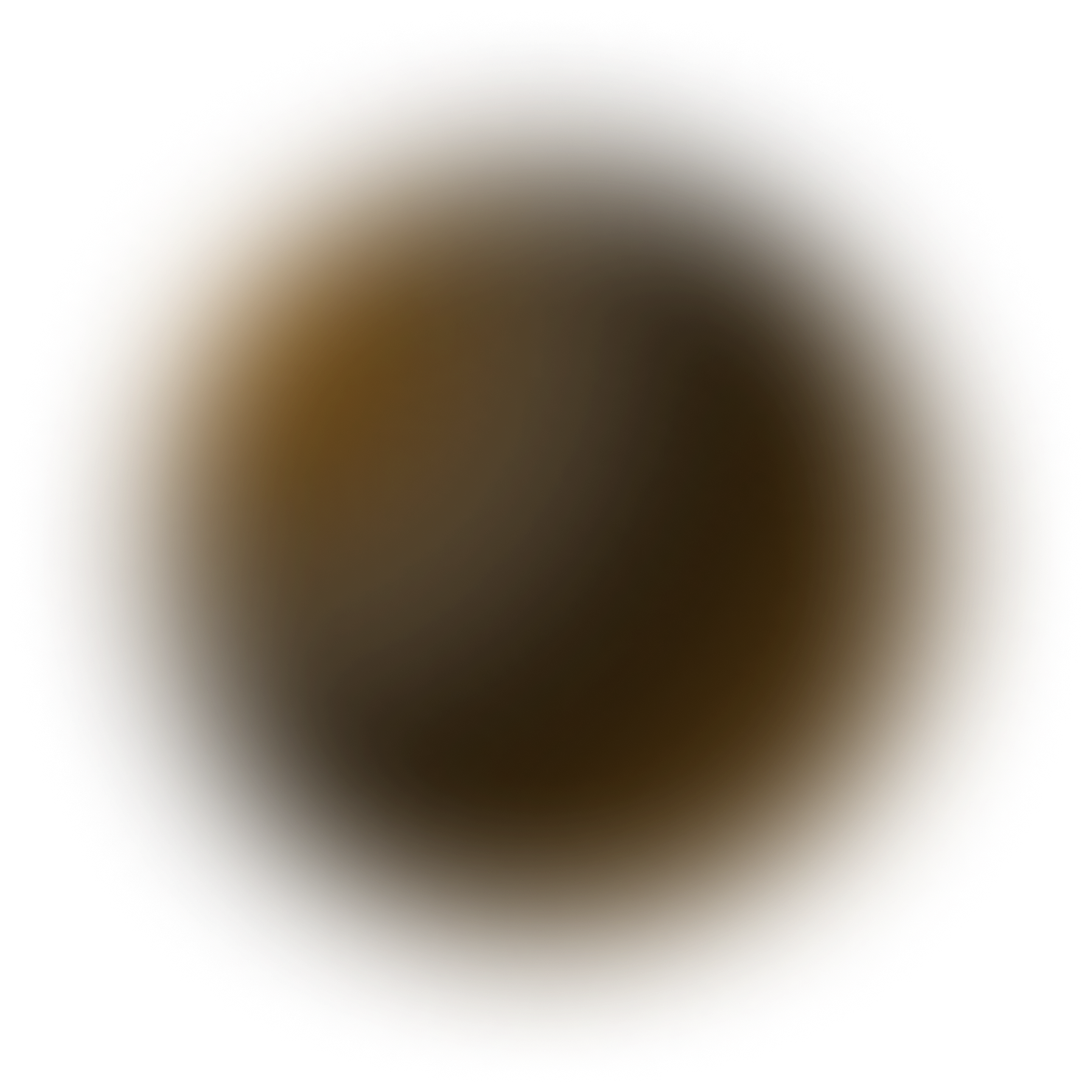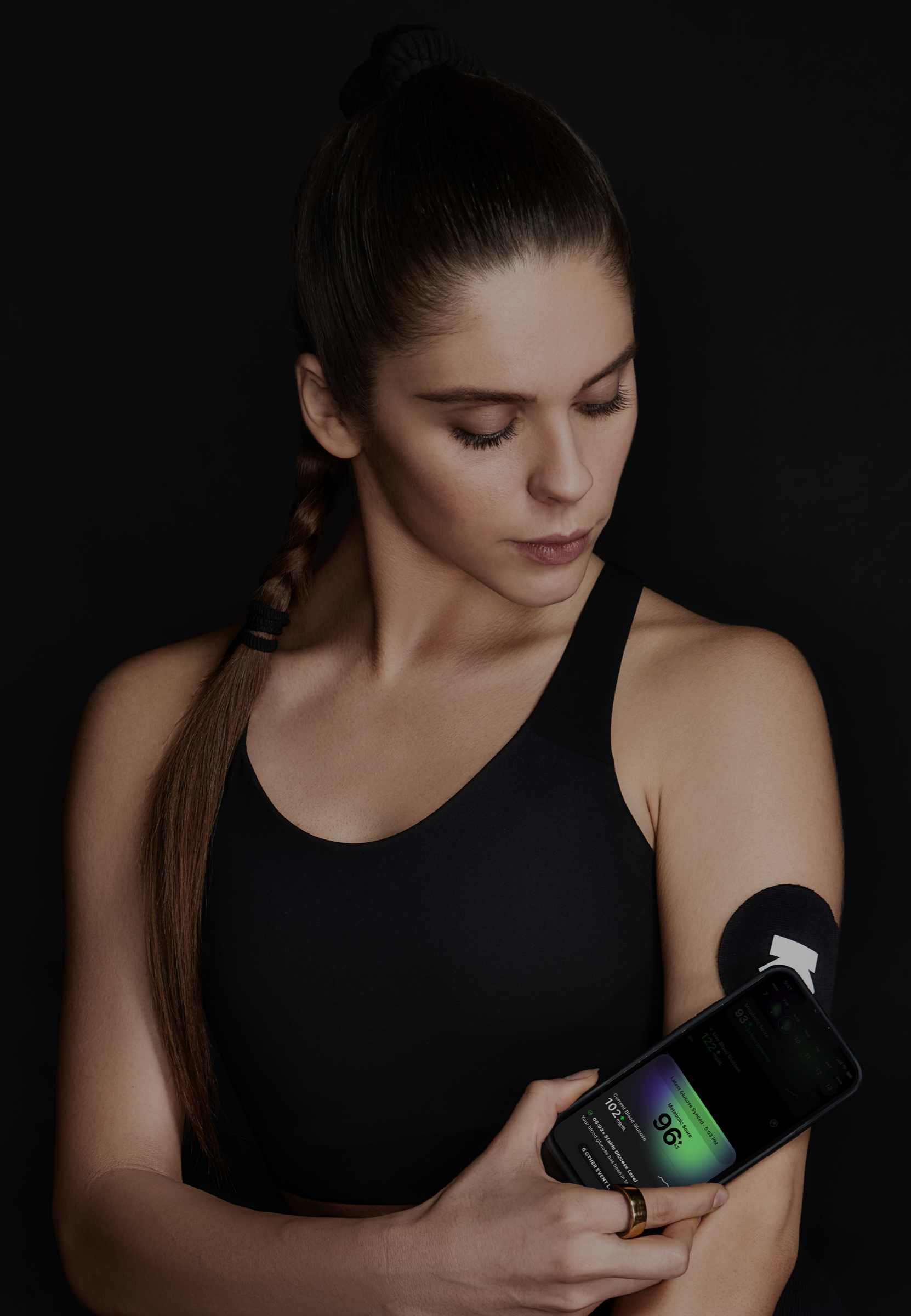
Tangerine (1 Small (2 1/4 Inches Dia))
Dinner
116 mg/dL
avg. peak value
Usually causes a medium spike
Avg. Food Score on Ultrahuman App
Ultrahuman Users got a STABLE response
Other related foods
How to consume Tangerine without glucose spikes
Pair with Protein or Healthy Fats
Eating tangerines alongside a source of protein or healthy fats can slow down sugar absorption. Consider pairing with nuts, yogurt, or a slice of cheese.
Increase Fiber Intake
Incorporate more fiber-rich foods into your meal to help regulate blood sugar levels. Foods like lentils, beans, and whole grains are excellent choices.
Stay Hydrated
Drink plenty of water throughout the day. Proper hydration aids in maintaining stable blood sugar levels.
Engage in Physical Activity
After consuming tangerines, a short walk or light exercise can help your body use up the extra sugar more efficiently.
Eat Smaller Portions
Instead of having multiple tangerines at once, enjoy a smaller serving to minimize the glucose spike.
Add Leafy Greens
Include leafy greens like spinach or kale in your meal to add more fiber and nutrients, helping to moderate blood sugar increases.
Monitor Carbohydrate Intake
Be mindful of the total amount of carbohydrates you consume in one sitting. Spread out carbohydrate-rich foods throughout the day.
Try Vinegar
Consuming a small amount of vinegar, such as a vinegar-based salad dressing, before or with your meal can help reduce the blood sugar spike.
Opt for a Balanced Snack
When snacking on tangerines, combine them with a small handful of almonds or walnuts for a balanced mix of carbohydrates, proteins, and fats.
Monitor Your Body's Response
Keep track of how your body responds to tangerines and adjust your intake and combinations based on your personal glucose readings.

Discover
metabolic
health with M1
Ultrahuman M1 helps you measure the impact of food and activity on your body in real time through glucose as a biomarker.
Explore Ultrahuman M1Find Glucose response for your favourite foods
Explore OGDbYour cart is empty
Browse through our products and find something for you.
